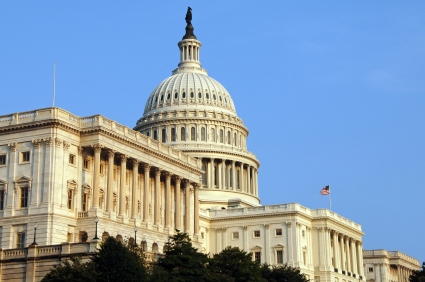Want the latest retirement plan adviser news and insights? Sign up for PLANADVISER newsletters.
Final QDIA Rules Published
The final U.S. Department of Labor (DoL) regulations keep the proposed three default investment options: lifecycle funds that take into account an individual’s age or retirement date; professionally managed accounts that allocate an individual’s contributions among existing plan options based on his age or retirement date; or a product that has a mix of investments and takes into account the characteristics of the group of employees as a whole, such as a balanced fund.
Stable Value Funds
There is a fourth type of QDIA, but it is limited in its scope. The law allows for stable value funds to be used as a short-term capital preservation option; a plan may default into this option for up to 120 days and then is required to default into one of the other QDIAs. In a fact sheet, the Employee Benefits Security Administration (EBSA) noted that this can be an option for plan sponsors hoping to simplify the administration of the plan if workers opt out of participation before incurring additional tax.
The DoL decided that stable value funds could be included as one of several options in the professionally managed accounts, but stand-alone stable-value funds could not be included as an ongoing default option to qualify for safe harbor protections.
For companies that chose stable value products as their default investment option prior to PPA, there will be a transition rule that grandfathers contributions invested in such investments ahead of the QDIA effective date. However, it does not extend to those options after the effective date. That can be a significant help to plan sponsors who have those options in place already – and for the providers of those options who otherwise could well have had to deal with a mass exodus from those options (See PA NC: It’s All Your Default: QDIA Essentials).
Any QDIA must be managed by an investment manager, plan trustee, or plan sponsor who is a named fiduciary, or is an investment company registered under the Investment Company Act of 1940. The regulation clarifies that QDIAs can be offered through variable annuity contracts or other pooled collective trust funds. Plan fiduciaries are still liable for prudently selecting and monitoring QDIAs.
Safe Harbor Conditions
EBSA clarified that, in order to obtain the safe harbor relief from fiduciary liability for investment outcomes, plan sponsors must satisfy the following conditions:
- Assets must be invested in a QDIA.
- Participants and beneficiaries must have been given an opportunity to provide investment direction, but have not done so.
- A notice generally must be furnished to participants and beneficiaries in advance of the first investment in the QDIA and annually thereafter. The rule describes the information that must be included in the notice.
- Material, such as investment prospectuses, provided to the plan for the QDIA must be furnished to participants and beneficiaries.
- Participants and beneficiaries must have the opportunity to direct investments out of a QDIA as frequently as from other plan investments, but at least quarterly.
- The rule limits the fees that can be imposed on a participant who opts out of participation in the plan or who decides to direct their investments.
- The plan must offer a “broad range of investment alternatives’ as defined under section 404(c) of ERISA.
Monday’s release comes more than a year after the DoL put out is proposed safe-harbor regulations, which did not include stable value funds, to cover auto enrollment programs or other scenarios in which employees failed to choose their own investments (See DOL Unwraps New Default Investment Guidelines).
The final regulations will go into effect 60 days from the date the regulations appear in the Federal Register.
More information, and a fact sheet about the final regulations, are available on EBSA’s Web site here. The final regulations are available here. See also DoL’s Campbell Gives More Details of Final QDIA Regs.
